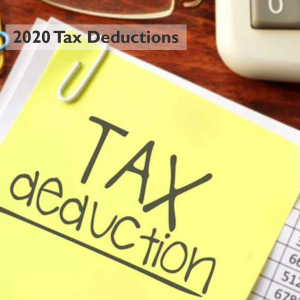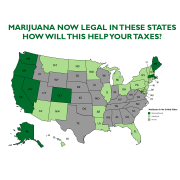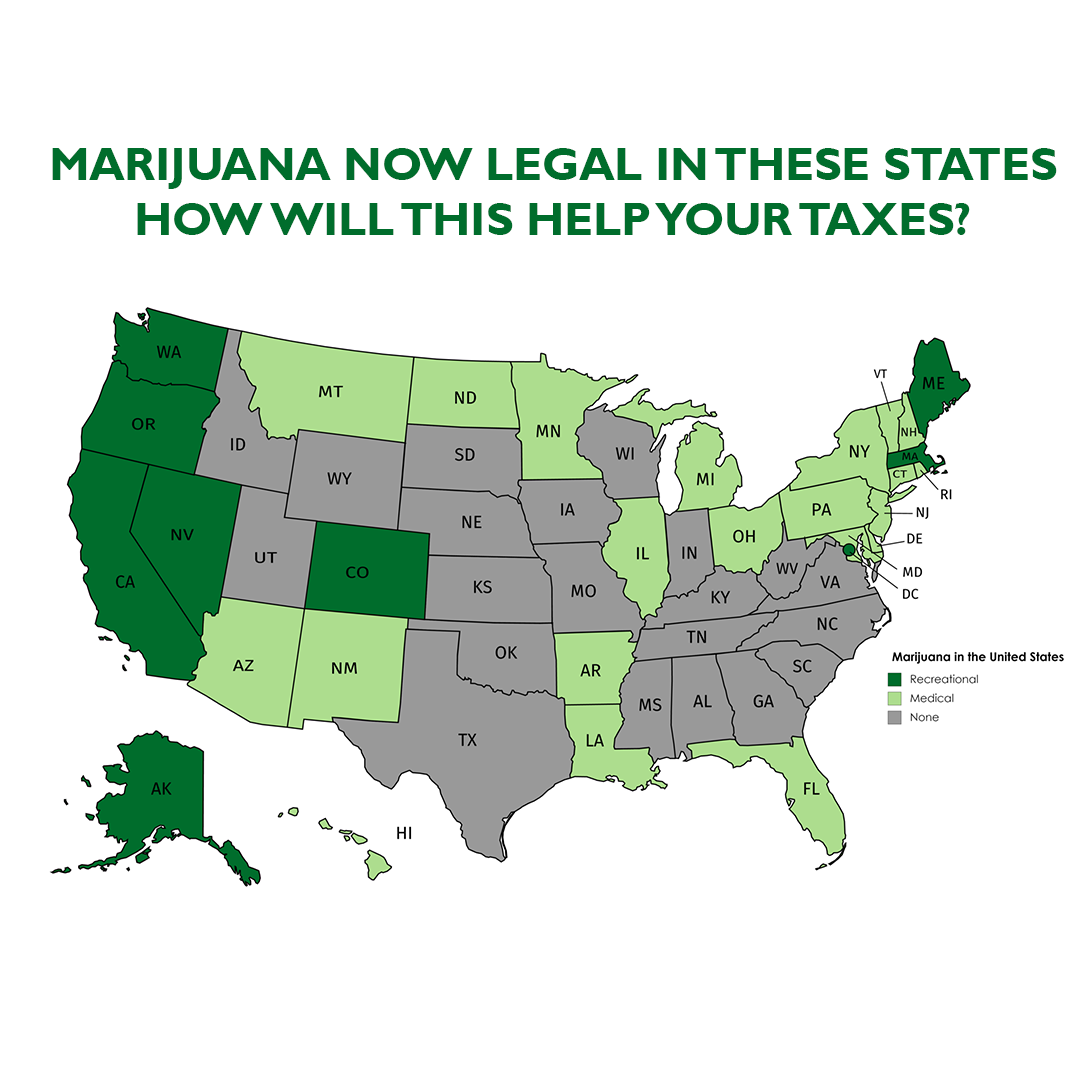How soon Can you File Taxes In California?
How Soon Can you File Taxes in California?
How early can you file your tax return in CA, when does the IRS start accepting returns, how can you get started before the IRS opens, and what does this all mean for your tax refund?
When is the earliest I can file?
Because so many of our clients are excited to get their refunds, we get asked all the time, “When is the earliest I can file my federal tax return?”
You cannot technically file your federal taxes until the IRS starts accepting returns. However, you can begin to fill out your return with a pay stub and complete it when you have your W-2 form or other necessary tax documents. Tax-preparation services can also help with this.
You can prepare and submit your return as soon as you receive your W-2s from your employers and have all the relevant information and documents. Most W-2s arrive in mid-January, but employers have until January 31, 2020, to send W-2s and Forms 1099, so you could receive yours as late as early February.
In California How Fast Can I Get My Tax Refund In 2020?
If you’re like most Americans, your tax refund feels like the biggest paycheck you’ll receive all year. Learn when you’ll be receiving your refund in 2020, and how you could hurry that process up.
For millions of Americans, your tax refund feels like the biggest paycheck you’ll receive all year so filing your taxes is your most important financial transaction.1
Tax Refund Timing
According to the IRS, most refunds are funded within 21 days of filing. This clock starts after the IRS begins processing tax returns for the year, which is usually at the end of January. For the upcoming tax season, the IRS announced that it will open its doors and begin processing returns on January 27, 2020.
However, due to the PATH Act, clients claiming the Earned Income Tax Credit (EITC) and/or the Additional Child Tax Credit (ACTC), should expect a delay in their refunds. Due to tax laws aimed to protect a taxpayer’s identity, refunds claiming EITC and ACTC will begin funding after February 21, 2020. Also, the refund status for those clients may not be available on the IRS.gov website until Feb 21.
It is extremely important to file early so you can get your refund as soon as possible.
You can always ask us to check the status of your refund and well give you a date of expectancy for your return to hit your bank account.
Will Your Refund Be Delayed?
In the end, how quickly you receive your tax refund depends on when you file your taxes, how you choose to file, and what credits and deductions you might claim. While refunds including EITC and ACTC will be funded no earlier than February 21, you will still benefit by filing early. You are giving the IRS plenty of time to review your return, verify your EITC and ACTC eligibility, and W2 authenticity, which is required before your return is processed. Additionally, filing with a tax professional who e-files is safe and secure and will also save you time.
Tax Credits, Deductions, and Getting Your Biggest Refund
 One of the first elements to getting your biggest refund is making sure you don’t miss any tax credits or deductions you deserve. If your circumstances have changed from last year, there may be a number of new credits or tax deductions available to you. Because you may not know that you’re eligible, a Tax Pro can help you make sure you don’t leave any money on the table. Visit our Tax Refund Calculator to get your estimate.
One of the first elements to getting your biggest refund is making sure you don’t miss any tax credits or deductions you deserve. If your circumstances have changed from last year, there may be a number of new credits or tax deductions available to you. Because you may not know that you’re eligible, a Tax Pro can help you make sure you don’t leave any money on the table. Visit our Tax Refund Calculator to get your estimate.
Life Changes and Your Tax Refund
Tax credits and deductions are often connected to major life circumstances, so they may change from year to year based on your personal situation. For example, getting married, having a baby, or retiring could all have an impact on your taxes. Don’t miss out on some of these commonly overlooked areas.
The Fast Way to Get Your Tax Refund
There are a number of ways to get money early. Filing as early as possible will give you a better chance of being in the first round of returns processed by the IRS. Electronic or e-filing gets your return to the IRS quicker than mailing a paper return. The sooner they receive your return, the sooner they can begin processing. Choosing to have your refund directly deposited into your bank account instead of receiving a check in the mail is also faster. Another way to get your refund early is to choose to load it onto a prepaid card. Your refund will be available up to two days faster than standard direct deposit. Those two days can mean the difference between getting your refund on a Friday or waiting until Tuesday of the following week. It makes a big difference for most of our hard-working clients.
Starting your tax season early
Most taxpayers count on getting a refund as soon as possible, but sometimes, that is not quick enough. If you rely on your refund to pay bills you may qualify for tax time loans. Book an appointment with Heather’s Bookkeeping and Tax Services to learn more. We are open and ready to help with your tax needs for 2021.





